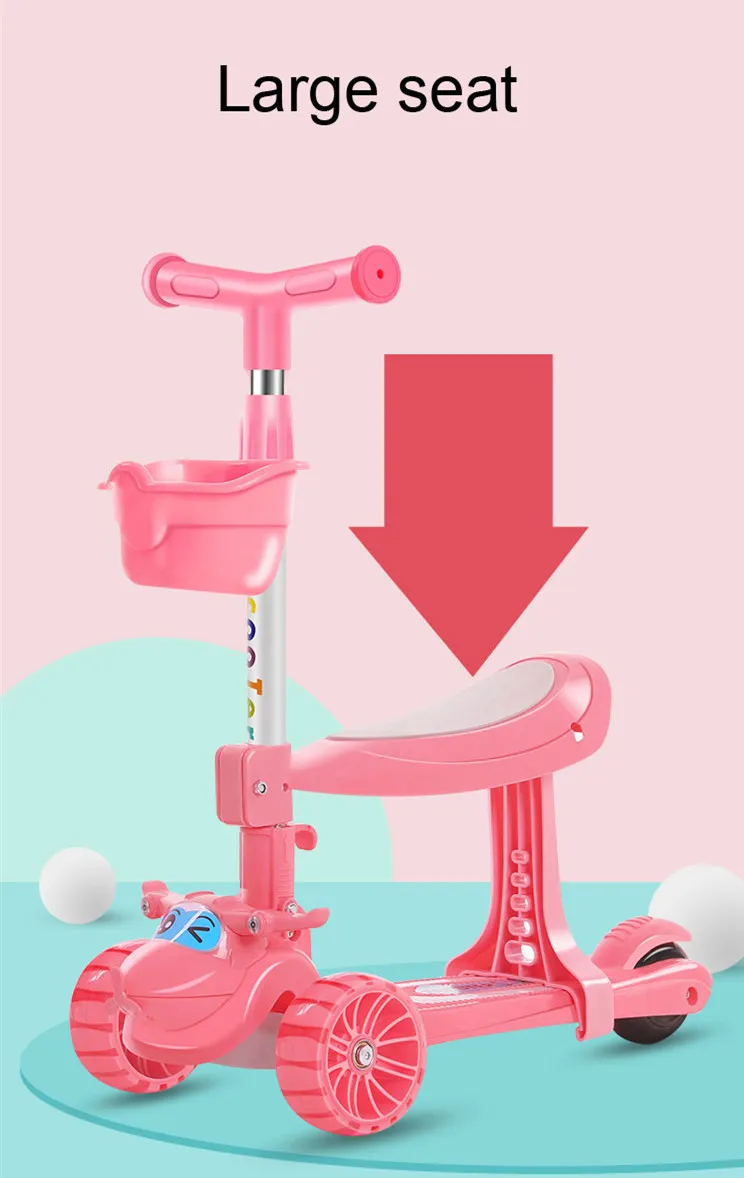Guiding Your Child to Master Riding a Balance Bike with Ease and Confidence
How to Teach Your Kid to Ride a Balance Bike
Teaching your child to ride a balance bike can be an exciting journey filled with laughter, challenges, and the thrill of newfound independence. A balance bike is a simple two-wheeled bike without pedals, designed to help young children learn how to balance and steer before transitioning to a traditional bicycle. Here’s a comprehensive guide on how to effectively teach your kid to ride a balance bike.
1. Choose the Right Bike
Before you dive into teaching, it’s crucial to select a balance bike that fits your child well. Look for a bike with an adjustable seat and handlebars to accommodate their growth. A bike that is too large can be intimidating, while one that is too small may hinder their ability to ride comfortably. Ideally, your child should be able to sit on the seat with their feet flat on the ground for optimal stability.
2. Gear Up for Safety
Safety should always come first. Equip your child with a properly fitting helmet, knee and elbow pads, and closed-toe shoes. This protective gear will boost their confidence and ensure that they’re safe from potential falls and scrapes as they learn to ride.
3. Introduce the Concept
Start by explaining the purpose of the balance bike to your child. Demonstrate how the bike works, emphasizing the importance of keeping the bike upright and using their feet to propel themselves forward. Show them how to use their feet to stop by dragging them on the ground. This initial understanding will lay the groundwork for their riding experience.
4. Find a Suitable Location
Pick a flat, safe, and spacious area for practice. A park or an empty parking lot works well, as it provides ample space for your child to ride without the interference of traffic or obstacles. Ensure the surface is smooth to help your child gain confidence as they learn to balance.
5. Start by Walking
Encourage your child to walk with the bike to get a feel for it. They can grip the handlebars, walk alongside the bike, and even practice sitting on the seat while keeping their feet on the ground. This initial stage is crucial as it helps them become familiar with the bike’s weight and maneuverability, reinforcing their comfort level.
how to teach your kid to ride a balance bike

6. Practice Gliding
Once your child is comfortable walking with their balance bike, it’s time to introduce gliding. Have them sit on the seat and push off with their feet. Encourage them to lift their feet off the ground for a moment as they glide. Start with short distances and gradually extend the lengths as they gain confidence.
7. Encourage Steering and Turning
As your child gets the hang of gliding, introduce steering. Show them how to turn the handlebars in the direction they want to go. Encourage them to practice weight shifting and leaning while steering. Reassure them that it's okay to lean a little; this is a natural part of riding.
8. Build Confidence in Stopping
Teach your child how to stop safely. They can do this by dragging their feet on the ground or steering into a gentle stop against a grassy area or soft surface. Practicing stopping will help them feel more in control and secure, especially once they start gaining speed on their balance bike.
9. Celebrate Milestones
Celebrate every small achievement! Whether it’s gliding a few feet without putting their feet down or successfully making a turn, praise their efforts. Celebrating these milestones will keep their spirits high and encourage them to keep practicing.
10. Moving On to a Regular Bicycle
Once your child is confidently riding and balancing on their balance bike, it may be time to introduce a traditional bicycle. The transition will be much smoother since they’ve already developed the critical balancing skills. Start with a bike that has training wheels and gradually shift to a two-wheeled bike as they gain more confidence.
Conclusion
Teaching your child to ride a balance bike not only helps them develop essential motor skills but also fosters independence and confidence. Patience and encouragement are key throughout this process. With the right guidance, your child will soon be gliding along, leading them to a world filled with adventure on two wheels! Happy riding!
-
Three-Wheel Light-Up Scooter Benefits for KidsNewsJul.11,2025
-
The Importance of Helmet Safety When Using a Kids ScooterNewsJul.11,2025
-
Nurturing Early Mobility with an Infant ScooterNewsJul.11,2025
-
How to Choose the Safest Tricycle for KidsNewsJul.11,2025
-
Fixing a Squeaky Baby Push Tricycle in MinutesNewsJul.11,2025
-
Cleaning and Maintaining a Tricycle for Big KidNewsJul.11,2025
-
Unleash Fun and Safety with Our Premium Kids Scooter CollectionNewsJun.06,2025








